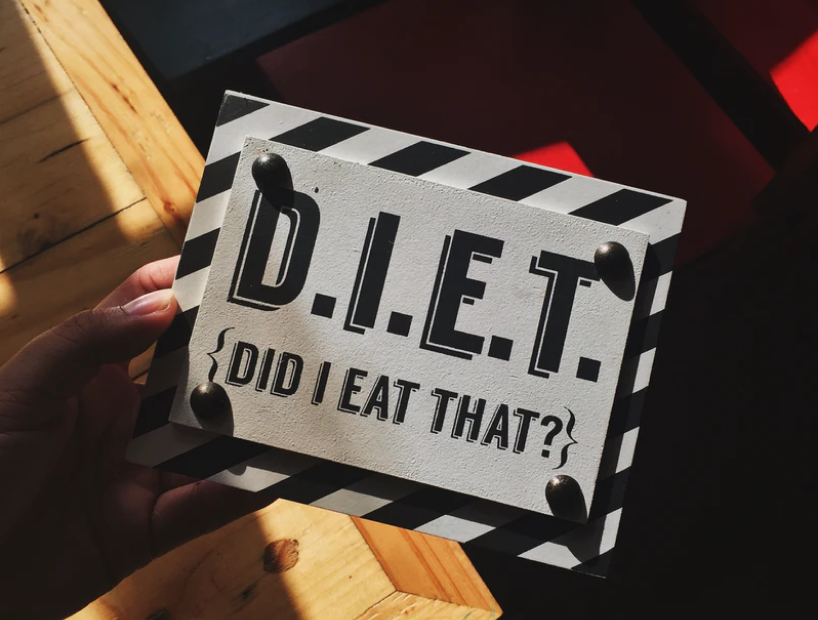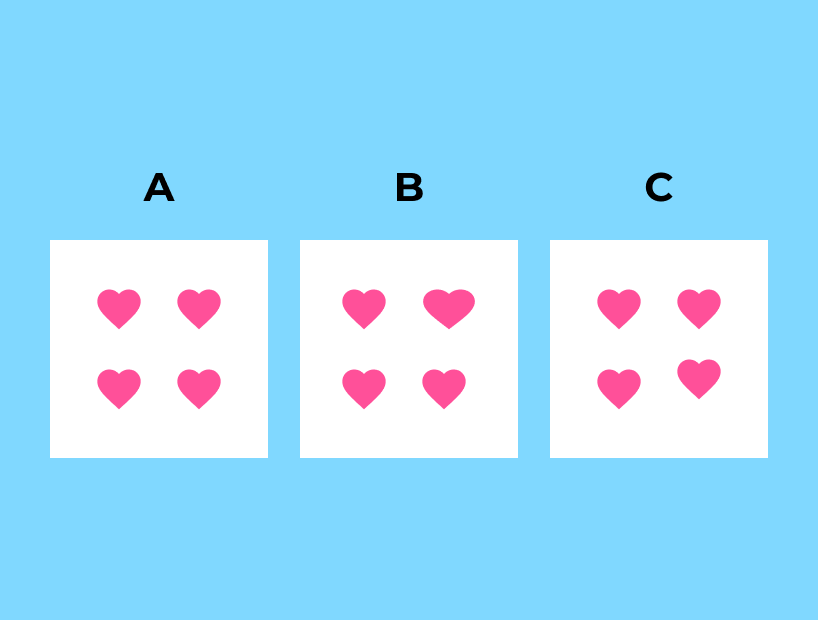A successful content marketing campaign will engage your target audience and lead to better engagement. While text-based content will likely play some part in every marketing campaign you undertake, understanding how to create impactful visual content marketing will continue to play more of a leading role in the digital era.
Different people like to absorb information in different ways. However, most people are visual learners. Ninety percent of the information that has to be processed by their brains is visual. We also process visual information very quickly, much faster than text. This means that using visual content to communicate your messages can be a powerful way to connect with your audience and motivate them to act.

So what are some of the kinds of visual content a business might use for their marketing campaigns? Let’s examine some of the most popular and effective types.
1. Images
Our attention spans are shorter than ever, which means businesses only have a split second to capture a potential customer’s attention. Trying to do this by overwhelming them with big text blocks is unlikely to be a successful marketing method. Instead, using high-quality, evocative, and relevant images to enhance your campaigns can make all the difference in how well received they are. Using poor-quality images anywhere, be that in campaigns, on your website, or any other branding or marketing content, can cheapen your brand and send out the wrong message. On the other hand, when used intelligently, images can encourage social interaction, increase engagement, encourage potential customers to visit your website, and ultimately ensure you meet your business goals.
Splitting up texts with images gives readers a break and maintains their interest, so they are more likely to keep reading until the end. If pictures are carefully selected and relevant to the piece, your content is more likely to be viewed by a more significant number of people.
Graphics have a tremendous effect on social media posts with Twitter sharing that Tweets that are accompanied by photos receive a 35% boost in Retweets on average. The same is true on Facebook, with typically a 37% increase in engagement if the content is posted alongside a high-quality image.

Search Engine Land also conducted a survey that showed that 60% of consumers were more likely to do business with a company that had images in local search results.
Great images can help boost recognition, brand awareness, and customer engagement, and, therefore, should be a massive focal point for any company when they are creating a marketing strategy.
When it comes to selecting which images to use, this is very much dependent on the type of campaign and the particular message that you are trying to deliver. Using stock images can be adequate in some circumstances, and there are some brilliant free image sites, such as Unsplash, which is now integrated with Boxmode, to provide users with stunning graphics at no cost. However, you might wish to use original images for particular campaigns, taken specifically for that purpose, to capture a moment or show off a product.
Image optimization can help you boost your business’s visibility for search engines and rank you higher in the search results.
2. Videos
Videos are another incredibly powerful content type that has many different uses when it comes to communicating with and motivating your customers to take action. Videos are widely used to show off the features and attributes of a particular product. They also can be used as visual guides to demonstrate how a product can fix a problem or provide an answer that your customer is searching for. Videos can be educational, they can be created to enhance your brand and tell your story, and they can be story-driven, animations, testimonials, FAQs, and more. Your own ability to think creatively and use your imagination are your only limitations when it comes to videos.
A cleverly executed, well put together video demonstrates you are willing to put effort into exploring every avenue to best communicate and engage with your audiences. Some sites have claimed that including an explainer video boosted conversion rates by an impressive 20%.

Videos can be placed at every stage of the buyer’s journey. Even thank you videos after a customer has purchased your product can be an effective way of boosting your reputation and demonstrating to customers that you care. Ensure that any video content you create fits into the broader strategy and complements your messaging and branding. Invest your time in creating the best quality videos possible.
3. Infographics
Infographics are visual representations of different types of data. They can be handy to help customers understand more complex data, show them how effective a particular product or service is, or present them with interesting facts and statistics that motivate them to purchase your product or engage with your business.
There are many different ways to create an infographic, and various types of information can be presented in this way. However, to ensure that your infographic is as impactful as possible, the layout and design must be carefully planned.
Design is crucial, so selecting the right font, colors, and shapes to convey the data and support your brand and messaging is hugely important. You can easily create unique infographics yourself with handy tools, such as Visme, Canva, and Piktochart.
Another vital consideration when creating infographics is to ensure that any data presented is wholly accurate. The whole purpose of infographics is to communicate specific and particular pieces of information in an easily digestible way. If the information is vague or inaccurate, your infographic could do more harm than good.

Done right, infographics can be stunning pieces of visual content that convey relevant, engaging, and complex data that will ensure your audience not only pays attention but also can absorb and understand this information effortlessly. SEO experts also agree that infographics can be a useful way to boost SEO rankings. Effective promotion of your infographics can help them spread on social platforms – meaning more publicity for your business.
4. Memes
Memes have technically been in existence since 1976, when Richard Dawkins used the term to describe how an idea or behavior could acquire the capacity to replicate itself into different meanings, spreading from person to person within a particular culture. Today when we think of memes, we typically understand them to be images accompanied by funny captions. These images are spread throughout the internet, copied from person to person and occasionally altered, usually to heighten the comedic effect.

When memes first started appearing online, it wasn’t easy to predict that they would play such an exciting role in visual content marketing. However, as they continued to gain traction, savvy businesses saw an opportunity to use them to boost their online reputation and spread important messages about their products and brands.
Memes are an ideal way to be creative and unique, to show customers your brand personality, and to connect through humor and laughter. Not all businesses lend themselves and others to memes, and it may depend on the nature of your business and your target customer base as to whether you decide to go down this route. Those brands that resonate with a younger demographic and want to be considered youthful, witty, and entertaining may well wish to consider incorporating memes into their marketing strategy.
5. Presentations
Presentations are often overlooked as a useful visual marketing tool. However, they are becoming more widely used as sites such as SlideShare make it possible to share your presentation with anyone. Making presentations public allows companies to educate and inform, to enable people to gain insight into different aspects of the business, and to access that information easily from whatever device they are using.
A successful presentation will have a specific target audience in mind and will be created to be visually impressive to hold the viewer’s attention. Presentations where slides are designed in a visually appealing way and are colorful and attention-grabbing are more likely to engage people in the content and motivate them to discover more.
When it comes to creating effective presentations, consistency is critical. The little design elements, such as fonts, borders, and color palette will help readers resonate with your brand and keep reading until the end.
6. Call-to-actions (CTAs)
One of the more effective ways to influence your audience is by including a clear CTA within your content, which will direct them to do something after reading or observing it. Many businesses use CTAs to direct potential customers to buy their products, follow their social media pages, subscribe to newsletters, add something to their shopping cart, and so on.
A CTA is typically a colorful and attention-grabbing button with minimal text that draws the reader’s eye and lets them know what action they should take in an obvious and straightforward way. If you have exclusive offers, great discounts, sales, or essential information, a CTA can be a great way to ensure your audience knows about it. Statistics show that emails that included a CTA increased clicks 371% and sales by 1617%. Adding CTAs to a company’s Facebook page can boost the click-through rate by a massive 285%.
7. Screenshots
Screenshots can be a useful form of visual content as they provide little snippets into how your products and services work. Screenshots are best used to demonstrate how your service works or to back up a particular claim about a product to improve trust and credibility. For example, you might include a screenshot with visual verification and use this within a marketing campaign to show customers can trust you. You also have the opportunity to annotate or draw attention to particular parts of a screenshot to provide even more insight and information.
It is easy to overlook the use of screenshots in visual marketing strategies. However, building trust with your customer base is vital, and screenshots can work well as a simple yet effective trust-building tool, for example, by capturing reviews or testimonials on social media.
8. Quizzes and visual puzzles
If you want to boost audience engagement quickly, a quiz or a puzzle can be an easy-to-create piece of visual content that will do just that. Through quizzes and visual puzzles, you can create a fun rapport with your customer base while simultaneously learning more about them and better understanding how much they know about your business or what’s relevant to your products and services.

Done well, quizzes and puzzles can also be used to help answer questions and solve problems for customers, and of course, promote your products and services as the solutions to these problems. They can spark an appetite in your audience to learn more about them.
Make visual content work for your business!
Visual content can be an excellent vehicle for better understanding and learning about the visceral psyche of your customers and potential new cohorts of customers. By using visual content to encourage them to discover more about your products, services, and brand, you will build a relationship and trust with them. If you can create excellent-quality visual content in various media, people will want to connect, share, and talk about your brand positively, which will have a hugely beneficial impact on your reputation and revenue.
Remember, when creating any visual content, make it resonate with your audience’s needs, and this will simultaneously work wonders for your business.


